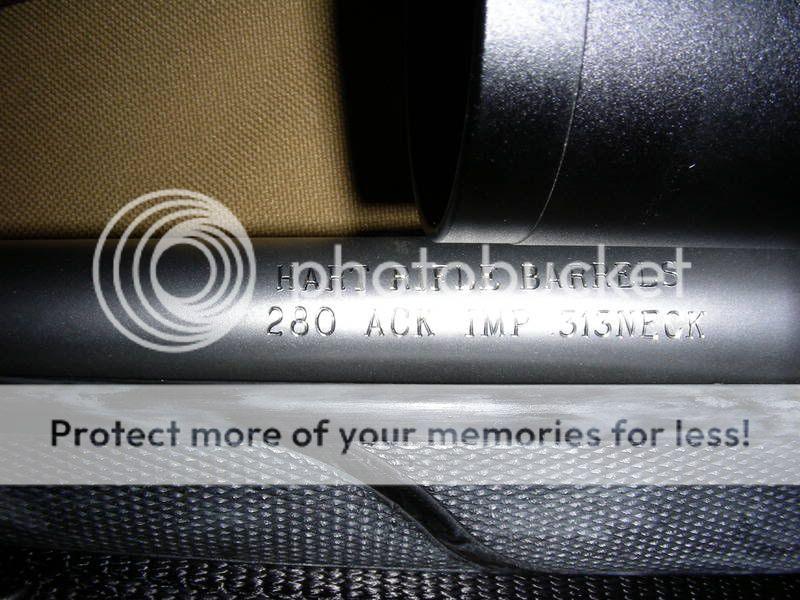Jcann
I can't and don't fault your decision to opt for as uniform a neck tension and bullet release as possbile. I do that with all my rifles. But none of my rifles (except one - discussed below) are running a standard size chamber. All of my rifles run 0.004 thou clearance over the loaded rounds or less; most run 0.003 total clearance. As an aside, I own all my reamers, so that I can strictly control the size of my chambers and the number of chambers that each reamer has cut.
Given the decision you have made, I see no reason to stop your desired progress. I would neck down in two or possibly even 3 stages with no more than 0.005 in any one stage, depending upon the final numbers of your loaded rounds. Were I in your shoes, I would be annealing every other firing to keep the neck tension under control.
Depending upon how hard you run your 7WSM, you may well burn that barrell out in a year or two (mine do not last any longer than 2 years), and then you can decide what to do on the next one. Barrels are consumables, so I look long term, not just at the decision immediately in front of me.
My tactical 7WSM (a Terry Cross, KMW built in 2004; the ONLY Rifle I do not control the reamer) has a much looser chamber than my snug chambered rifles. It is now running its 3rd barrel (true story - I love this rifle and its my go-to rifle for hammering steel and my back up for running the Mile+ in the desert). I use "cleaned" brass (0.0145) neck on it. I sized it in two stages (until I got a custom sizing dies from Neil Jones). I anneal that brass every other firing; it shoots like a beast and I recently used it to set a personal record relay in a local 600 F-Class match. The KMW continues to be one of my best shooting rifles - if that makes you feel better....
Jeffvn

